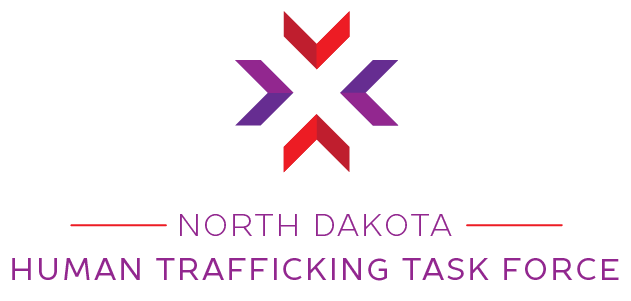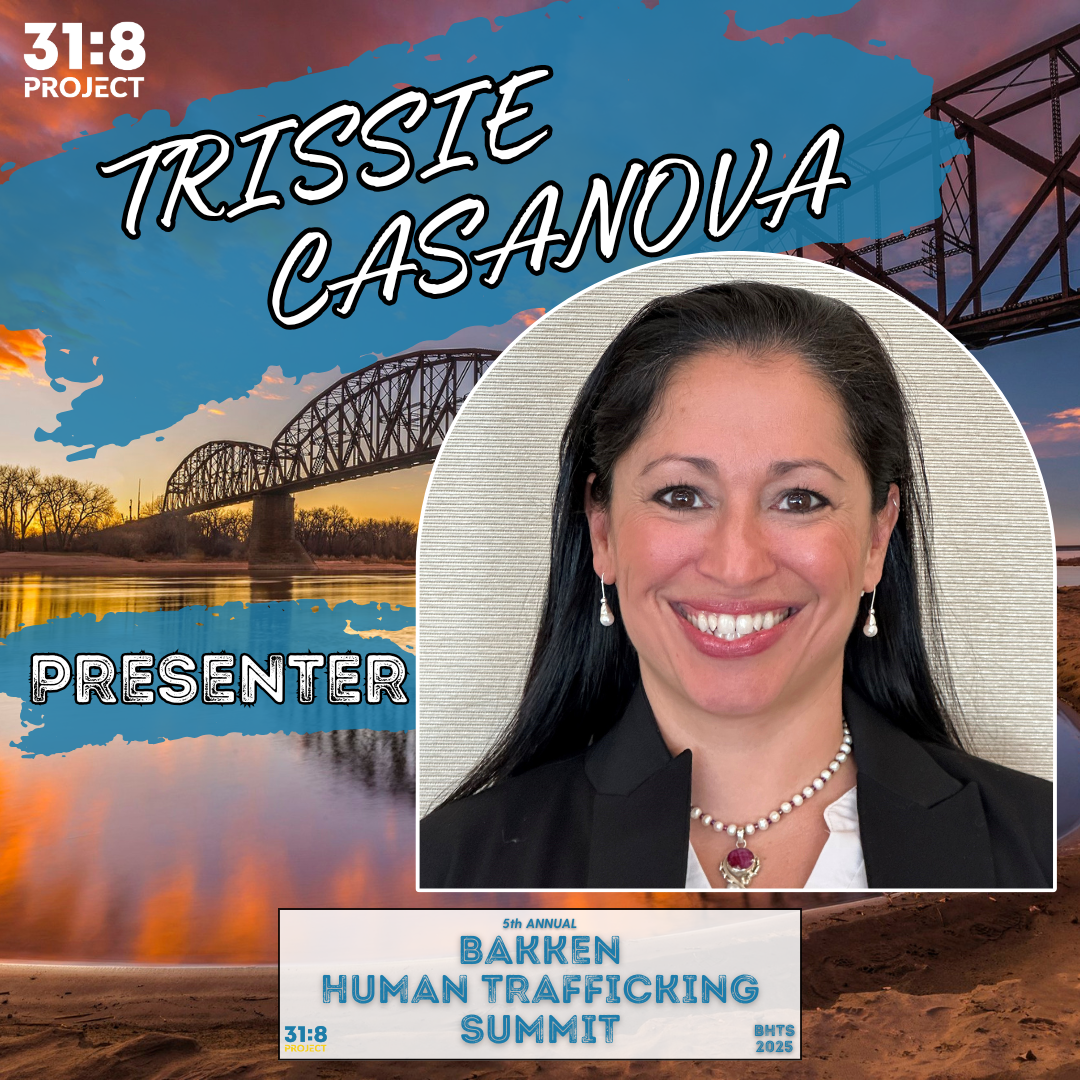At the 2025 Bakken Human Trafficking Summit, presenters Jessica Wald and Trissie Casanova brought a vital conversation to the forefront—how the Interstate Compact for Juveniles (ICJ) intersects with runaway youth and human trafficking. Their message was clear: missing youth aren’t just skipping school or rebelling—they may be running from real harm or being pulled into exploitation. Systems must slow down, ask better questions, and work together across jurisdictions to protect them.
Key Takeaways
Runaways aren’t just acting out—they’re surviving.
Youth run from something (abuse, neglect, conflict) or toward something (a perceived safe person or place). Dismissing their reasons prevents us from understanding their risks or identifying trafficking.
“Kids run for a reason. It might not be a reason you think is valid—but it’s real to them.”
There is no such thing as 'free drugs.'
Youth may say a friend “gave them drugs,” but exploitation is often embedded. These conversations can open doors to deeper disclosures—especially if they’re worried about a friend rather than themselves.
“There’s no such thing as free drugs.”
We must engage youth with open-ended, judgment-free questions.
Teens may seem resistant, but most can reflect critically if given space and respect. Even a single conversation—especially one that respects their agency—can change a decision to run.
“Teenagers think they’re invincible. They think we’re stupid. But most of them can reflect—if we help them slow down.”
Jurisdiction shouldn’t be a barrier to protection.
Runaway youth often cross state or tribal boundaries. Under ICJ, states can coordinate voluntary or non-voluntary returns, but supervision gets complicated on sovereign tribal land. Still, North Dakota chooses to supervise, because youth deserve support regardless of legal technicalities.
Human trafficking is a form of child abuse.
Mandated reporters must notify CPS when trafficking is suspected, just as they would for physical or sexual abuse. New federal standards now encourage including labor trafficking in mandatory reporting—another signal of what’s to come.
Boys are often overlooked.
Boys are increasingly going missing, but fewer people report them or search with the same urgency as girls. Gender bias in media coverage and system response puts them at additional risk.
A Call to Look Deeper: Forced Criminality
Presenters highlighted how traffickers coerce youth into criminal acts such as drug distribution, credit card fraud, or theft. Youth caught with large quantities of drugs may be victims—not masterminds. Traffickers may use fear, debt, or grooming to compel obedience, while youth appear complicit.
“Just because a kid says it was their choice doesn’t mean it wasn’t coercion.”
One powerful case described minors being coached to recite identical false identities when apprehended, suggesting organized trafficking across state lines. When systems stop at surface-level charges, they miss what’s really happening.
The MDT Response: When Systems Work Together
Multidisciplinary Teams (MDTs) and response team meetings are essential tools. North Dakota hosts two statewide MDTs via Zoom—one east, one west—bringing together law enforcement, juvenile justice, child protection, service providers, and more.
In one success story, a response team meeting led to locating two missing girls within a week—results that would not have been possible without coordinated communication.
“You cannot be everyone’s everything. That’s why we have teams.”
MDTs also help share responsibility. As presenters emphasized, no one person can carry the full weight of a trafficking case. Teams offer accountability, insight, and backup.
What This Means for North Dakota
This session reinforces that trafficking cases involving youth are not one-size-fits-all. Each case requires patience, discernment, and coordination across state lines and systems. From courts and ICJ protocols to school staff and foster care, everyone must understand that trafficking often hides under the surface of “runaway behavior.”
North Dakota’s leadership in using MDTs and ICJ coordination was recognized as a national model—but the work continues. Slowing down, asking the right questions, and staying connected with regional partners will ensure no youth is left unprotected just because they crossed a border or refused to name their trafficker.
Jessica Wald
Deputy Compact Administrator for the Interstate Compact for Juveniles at the North Dakota Division of Juvenile Services
Trissie Casanova
Deputy Compact Administrator for both the Interstate Compact on Juveniles and the Interstate Compact on the Placement of Children in Vermont, and also serves as Vermont’s Human Trafficking Consultant for the Department for Children and Families



